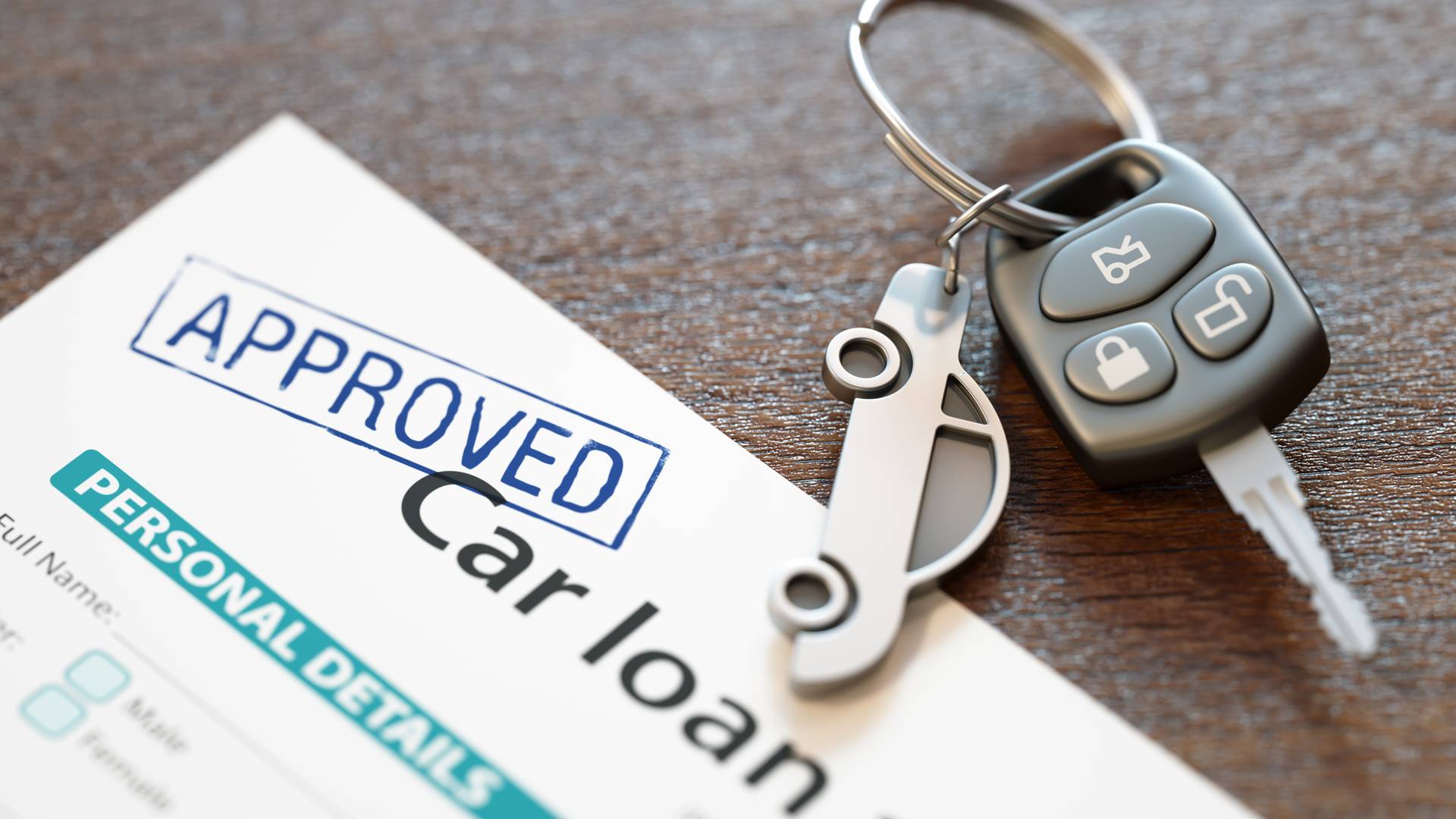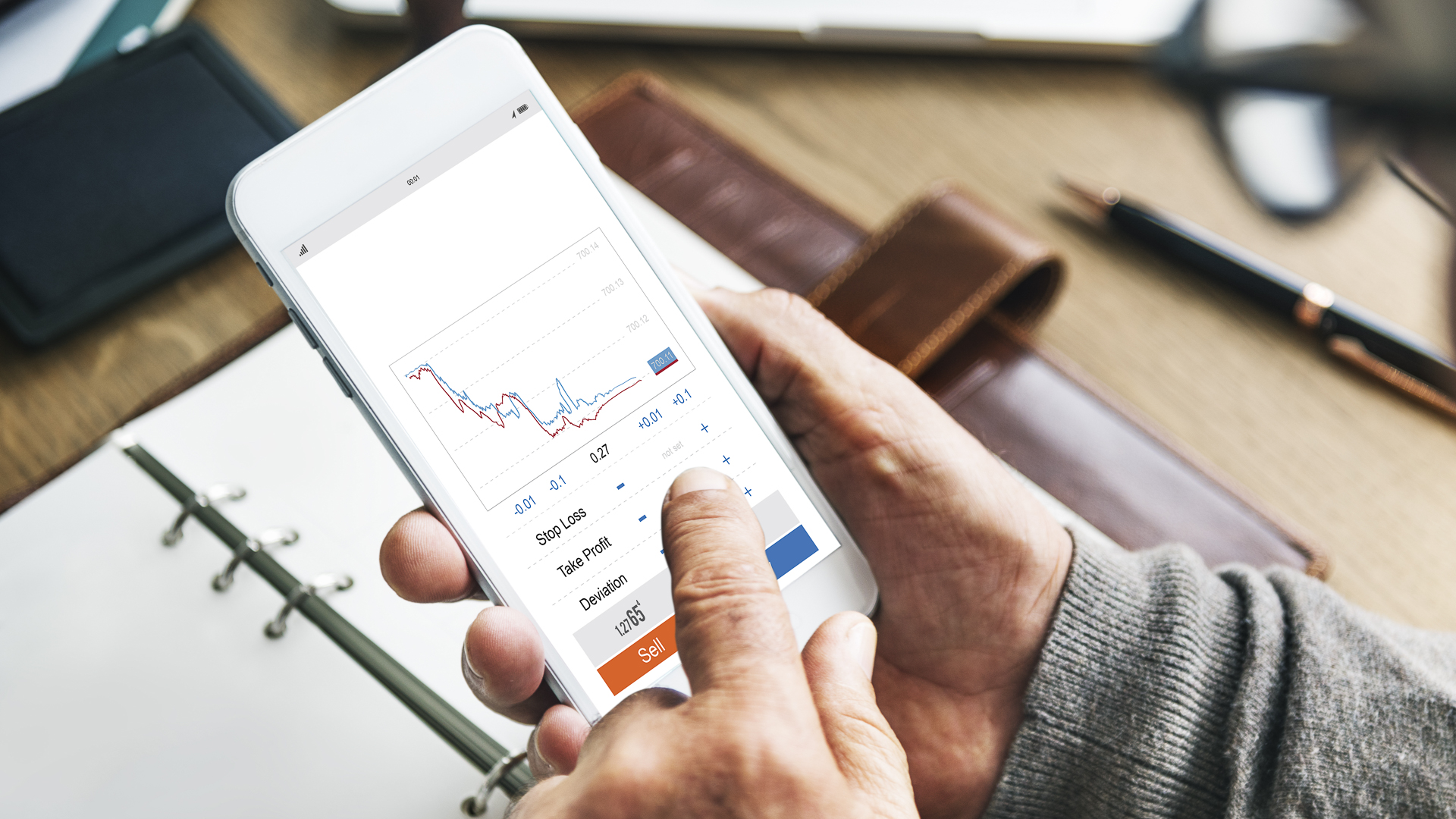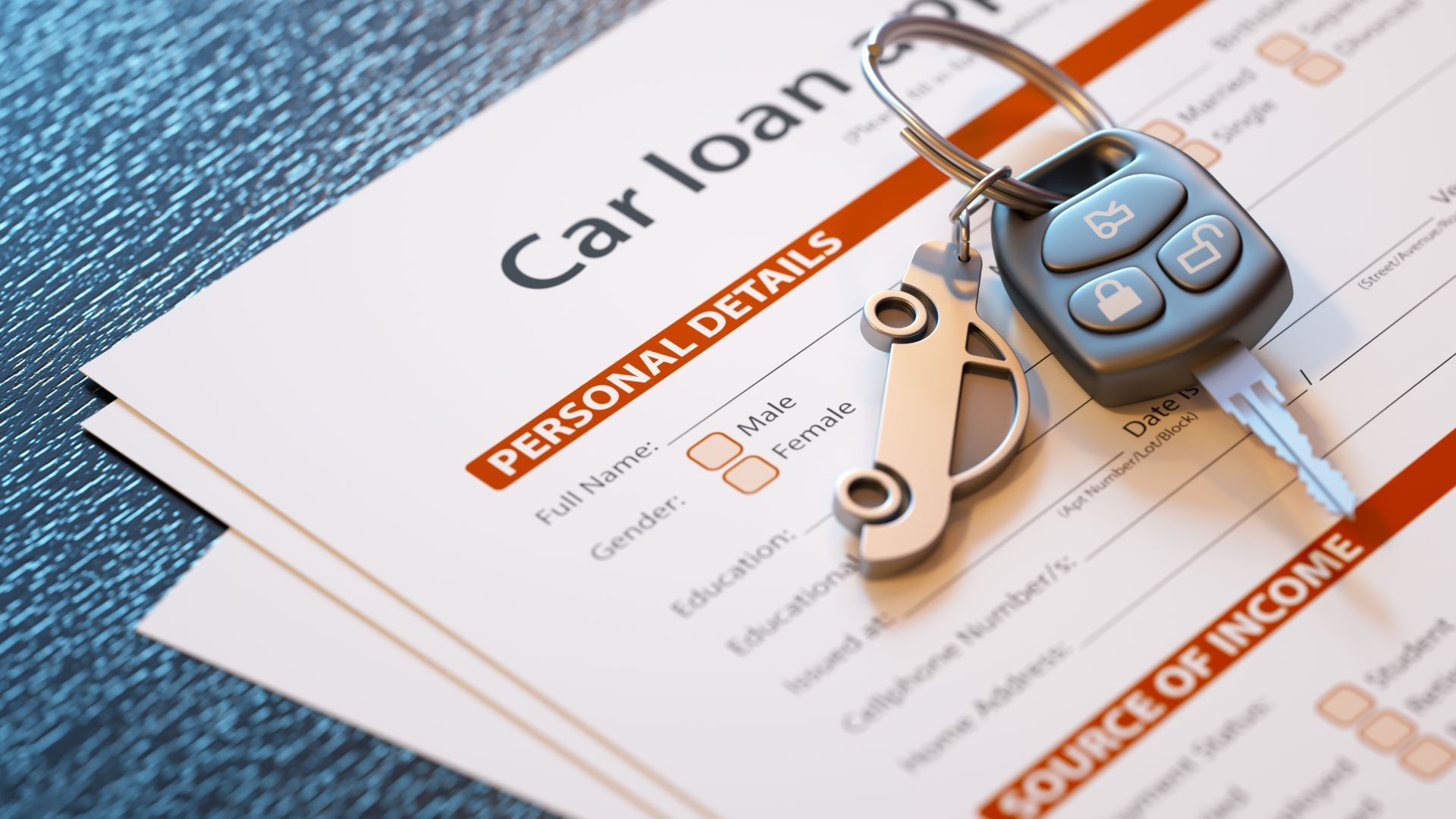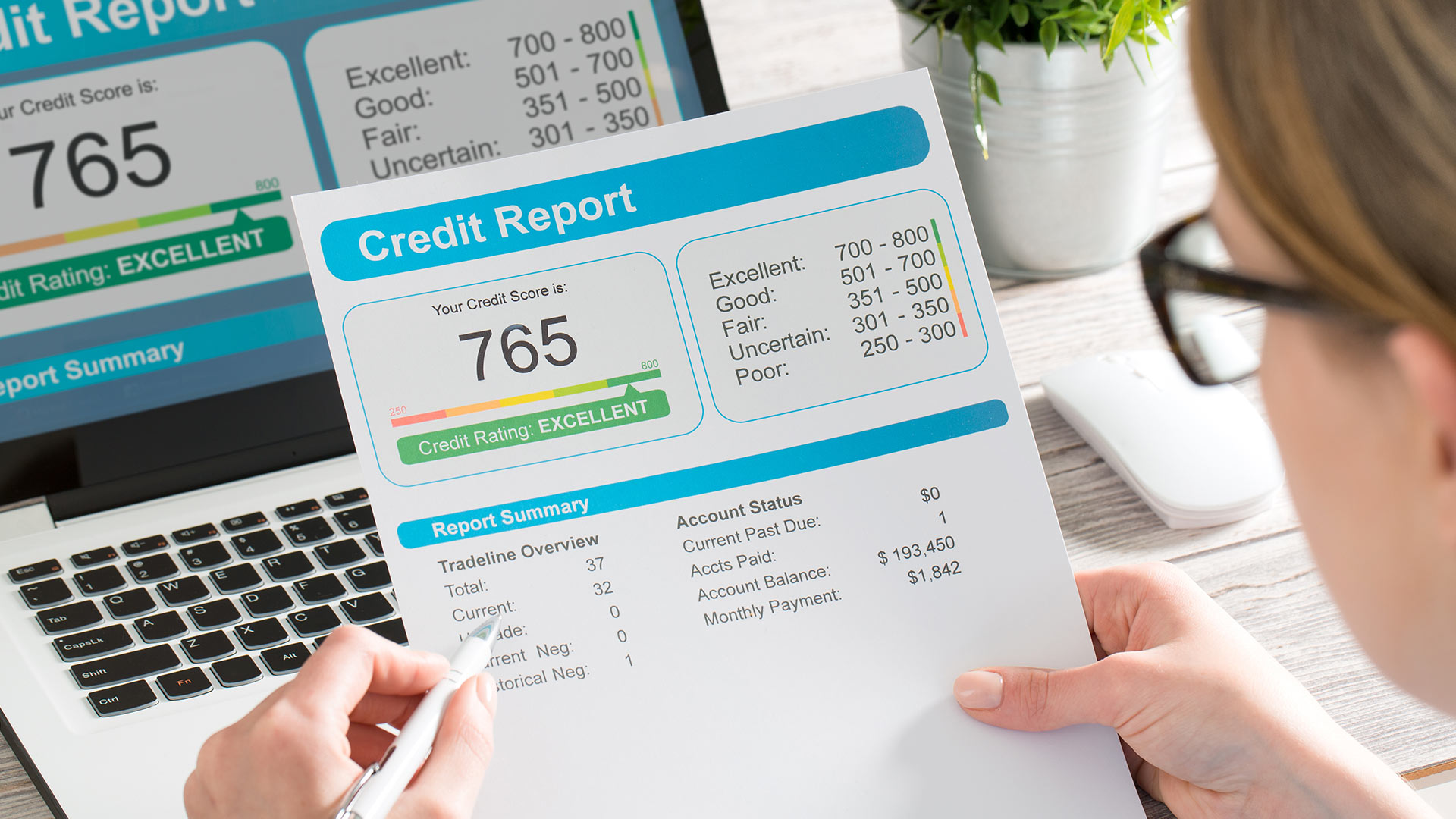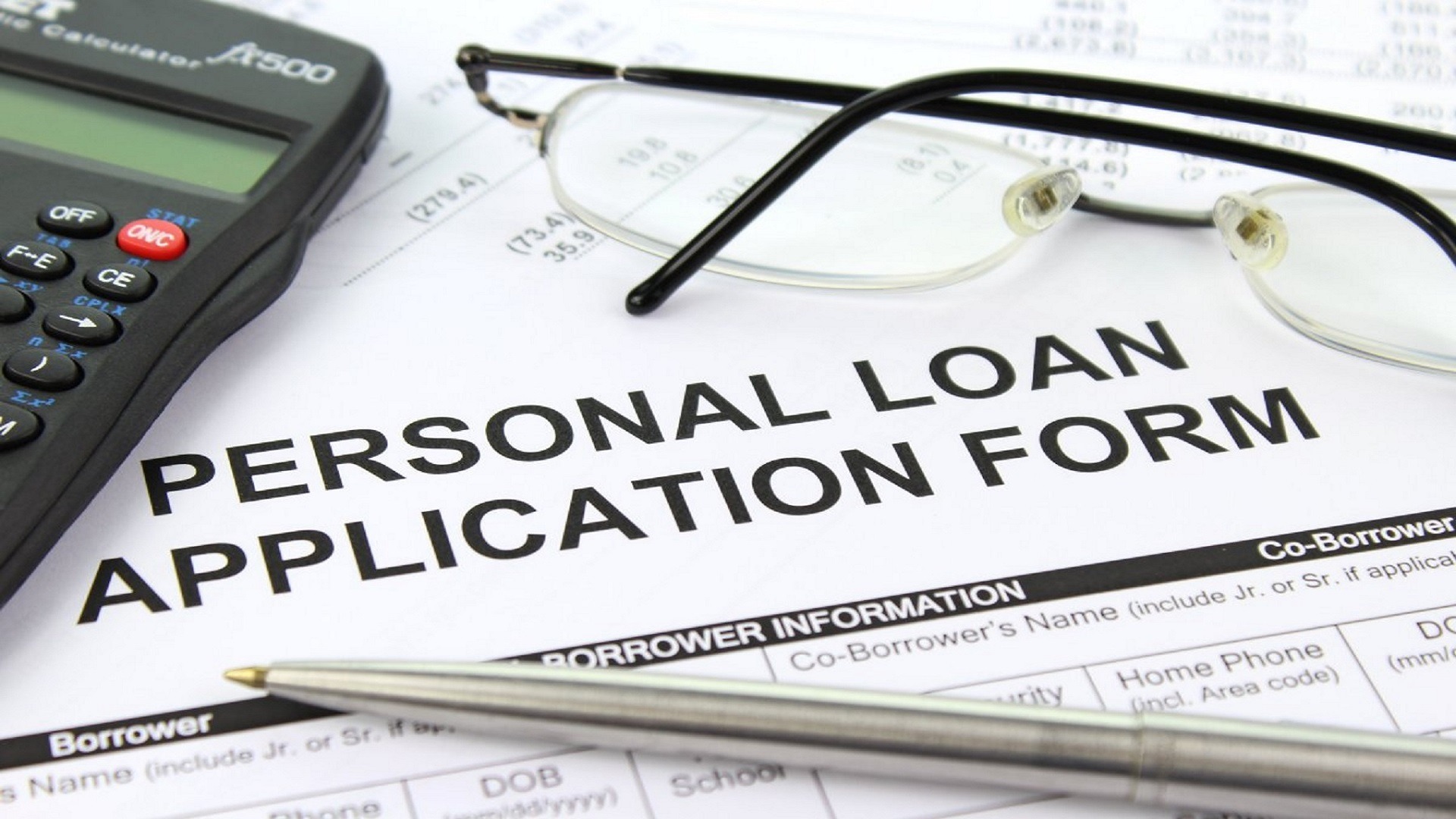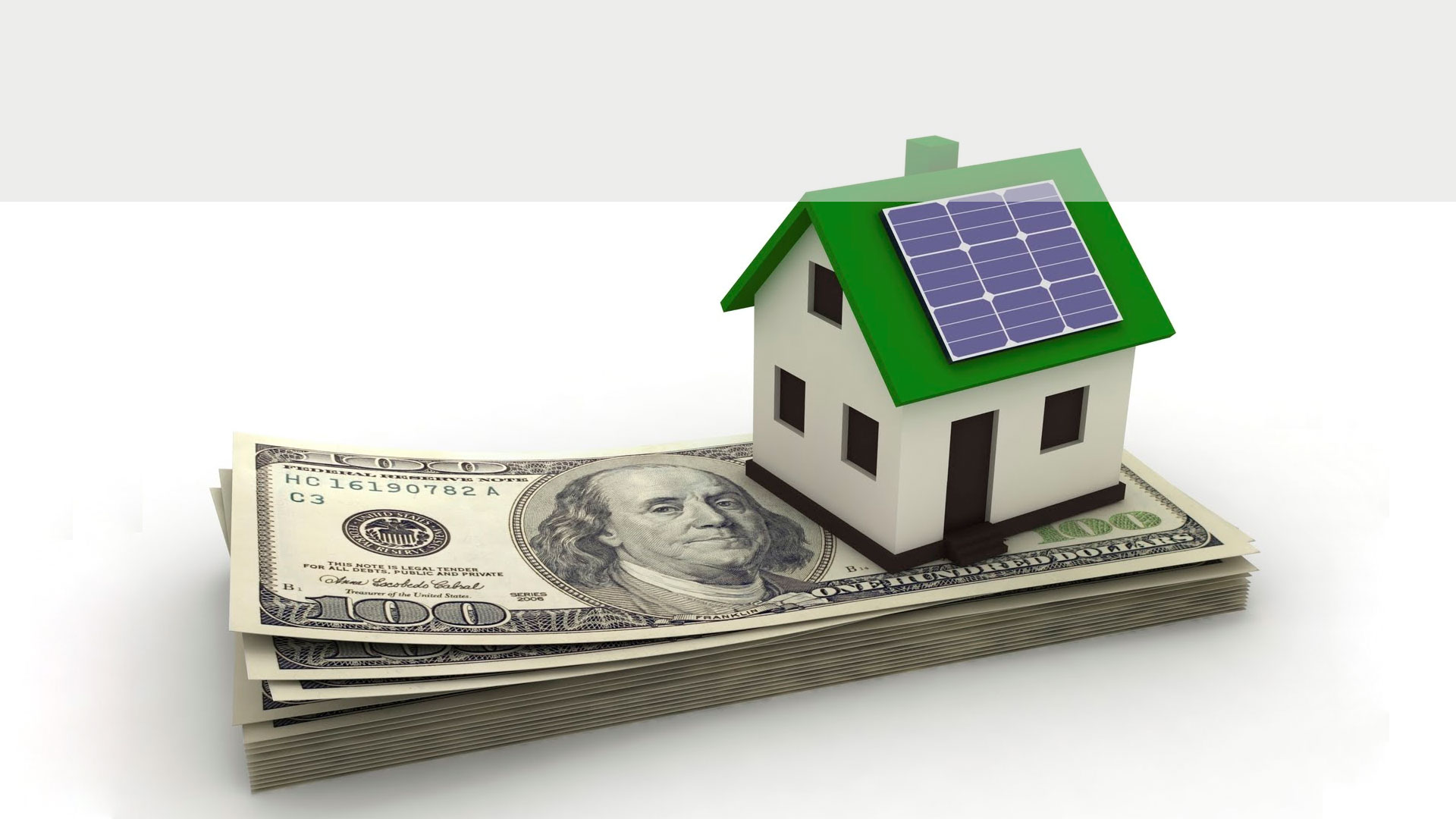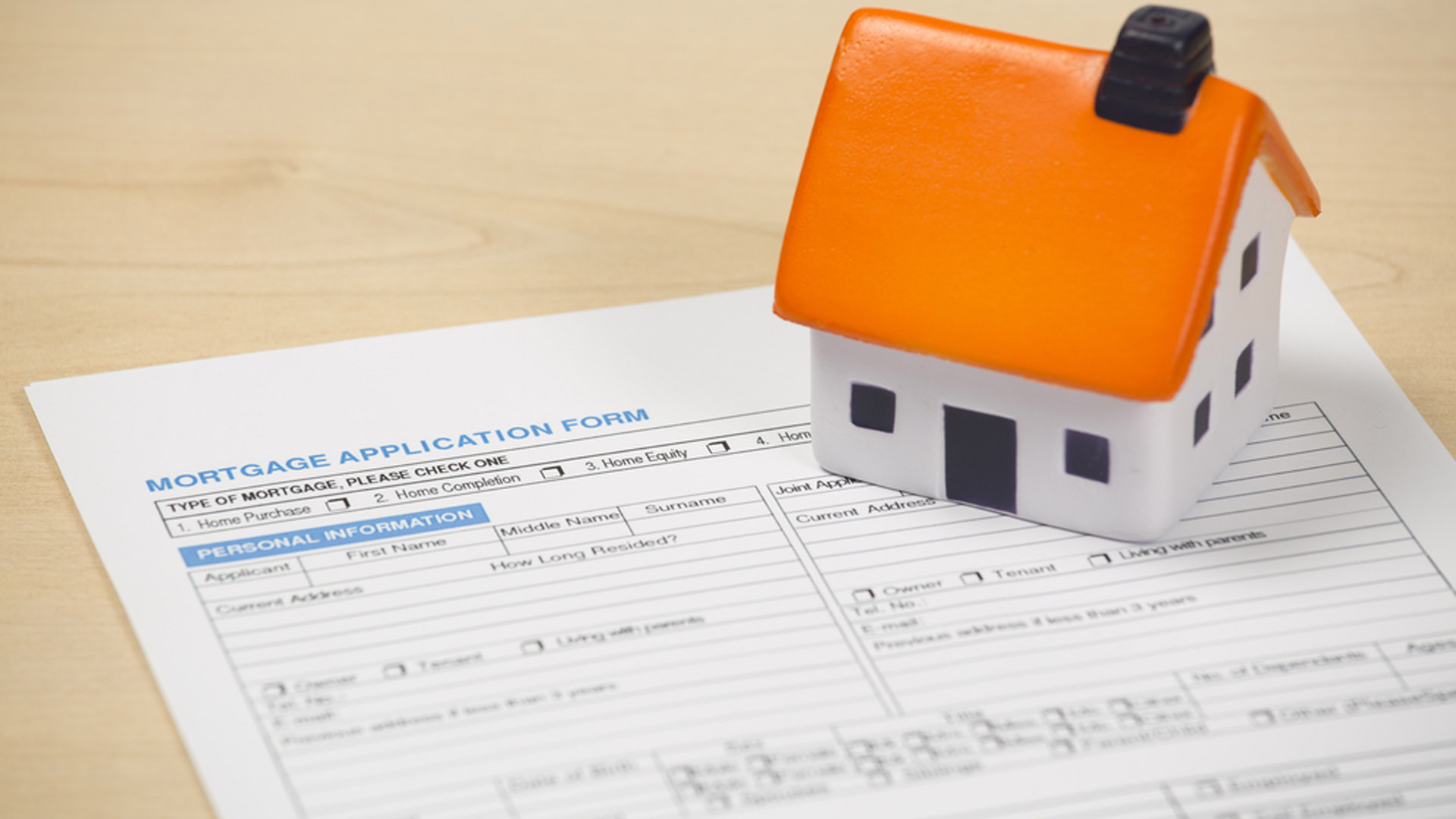You’ve been saving responsibly and spending wisely. But life’s thrown you a curveball and suddenly you’re facing expenses that you can’t handle right away. Now you’re looking for the most affordable credit, which means comparing your line of credit vs. loan options.
There are some important differences between a line of credit and a personal loan. Here’s what to keep in mind when deciding which is best for your situation.
Personal loan vs. line of credit
The biggest difference between a personal loan and a line of credit is that with a personal loan, you get all of the money you borrow upfront in one lump sum. That means you start paying interest on it right away — even if it’s just sitting unused in your bank account.
With a line of credit, you’re approved to borrow a predetermined amount of money — say $10,000 — and you draw money against your limit as you need it. It’s a lot like a credit card, in that you’re approved for an upper limit, but you only pay interest on the money you actually use.
Interest rates
Typically, interest rates will be higher on a personal line of credit vs. a personal loan. Not only that, but a line of credit usually has a variable interest rate, while personal loans tend to have a fixed interest rate.
But if you have expenses that are difficult to predict, a line of credit can be a more efficient way to borrow money. That’s because you only draw money as you need it, and you don’t pay interest charges on the portion of your credit line you haven’t tapped.
Loan terms
A personal loan is a term loan, meaning that you borrow once, and your repayment period and monthly payment are set when you take your money out. Typical repayment terms for personal loans are two, three, or five years. One advantage of a term loan is that if you have a fixed interest rate, there are no surprises — your monthly payment is always the same.
A line of credit is revolving credit, meaning you can keep borrowing money until you hit your credit limit. Like a credit card, your ability to borrow is replenished as you pay off existing debt. But your minimum payment and overall repayment costs can fluctuate dramatically. It all depends on how much of your limit you’ve tapped, and what’s happening with interest rates.
Types of line of credit loans
There are two main types when it comes to getting a line of credit:
- Credit card: If you’ve already got a credit card, you can use it just like any line of credit, although you’ll typically pay higher interest rates for cash advances.
- Home equity line of credit (HELOC): If you’re a homeowner, a HELOC can be a more affordable source of credit than a personal line of credit, because you’ll usually qualify for a lower interest rate. The tradeoff is that a HELOC is a secured loan — you have to put your house up as collateral.
Keep in mind that unlike a credit card, a personal line of credit might require that you “clear” your account once a year by paying off your entire balance in full.
A personal line of credit might also offer you a lower interest rate than a credit card — particularly if it’s a secured loan, like a home equity line of credit (HELOC).
When to use a line of credit
The biggest advantages of a line of credit are that you only pay interest on the money you actually need, and you can tap it whenever you need to without applying for a new loan. That can make a line of credit a good choice for anyone who’s income or expenses can be unpredictable.
Let’s say you’re self-employed, as a contractor or gig worker. There might be times when work is harder to come by, or you choose to lighten your load or take a period of time off. A personal line of credit can help get you through these dry spells. Once your income returns, you can pay off the money you borrowed to keep your interest expenses in check and replenish your borrowing capacity for the next time you need it.
When to use a personal loan
If you know how much you need, and have a specific purpose in mind, a personal loan can be a better choice. For example, maybe you need to pay a one-time medical bill, are getting married, or need to pay down credit card debt.
If you know exactly how much is needed to cover these one-time costs, a personal loan makes it easy to borrow what you need — and not more.
How to get a line of credit or personal loan
Although most banks and credit unions offer personal lines of credit, you might need to have an existing account to be approved.
Applying for a line of credit is a lot like applying for a personal loan. Your lender will want to check your credit history and verify that you’ve got good credit and the ability to repay the amount you want to borrow.
It can be harder to qualify for a line of credit than a personal loan. Lenders might require a stronger history of earnings and credit.
Once you understand how a personal line of credit is different than a personal loan, it’s easier to decide which type of loan might be a better fit for your situation.



